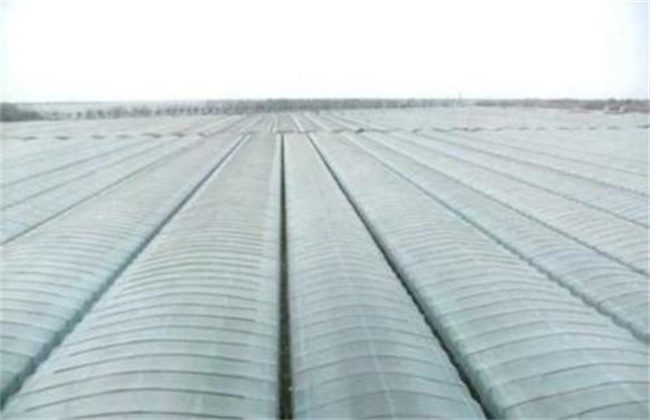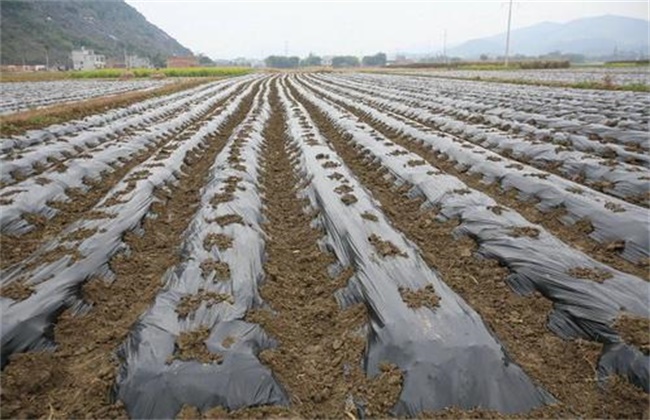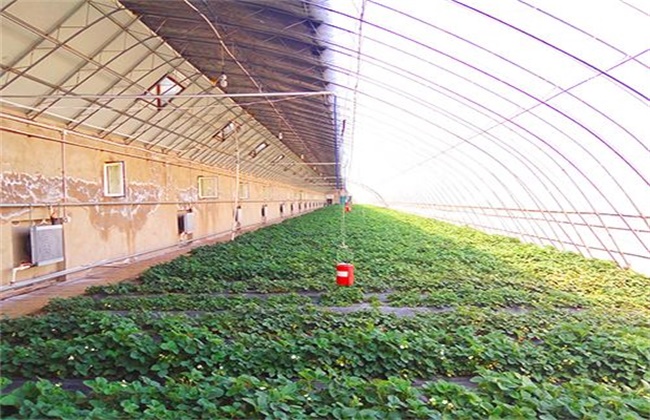How to improve the light transmittance of agricultural film in greenhouse
During the use of the greenhouse film, due to pollution, attachment of water droplets and dust, it will greatly reduce the light transmission capacity, which will seriously affect the photosynthesis of crops, which is extremely unfavorable for crop growth. Therefore, farmers need to take measures to improve the transmittance of shed film, so what should they do? Let's take a look.

1. How to improve the transmittance of agricultural film
1. Cleaning
In order to improve the light transmittance of the shed film, in addition to designing the lighting angle in the construction and promoting the use of drip-free film, it is necessary to clean it every other week during use, so that the dust and grass on the shed film can be cleaned up and the light transmittance of the shed film can be improved by 5%-8%.
2. Dry fine soil or gypsum powder
In the greenhouse cultivation process, the greenhouse is not humid, and the shed film will have water droplets attached anyway, which will also affect the light transmittance of the shed film. Before laying, sprinkle dry fine soil or gypsum powder on the shed film, wipe it several times with a towel or cloth, and then wipe it inward, so as to reduce the adhesion of shed film droplets.
3. Spray soybean powder
Dry fine soil or gypsum powder can only be maintained for a period of time, after which there will still be water droplets attached, then you can grind soybeans into fine powder, 7.5-10 grams of soybean powder per square meter of shed film, 150 grams of water, soak for 2 hours, filter with fine gauze, remove dregs, spray with a sprayer to the water droplets on the shed film. This allows the water droplets to fall quickly and can be maintained for about half a month without forming new droplets.
4. Turn over the sun shed film
You can choose a windless, sunny noon, remove the film and flip it, so that the original upward side faces down, and then fix it well, which can also reduce the attachment of water droplets and greatly improve the transmittance.
Second, dust removal skills
Washing with water at high humidity will cause light damage to the shed film, but if washing with water in low temperature season, it is easy to freeze, which is difficult to implement. If manual wiping is used, it will inevitably scratch the shed film, and it will make the shed film dirty, resulting in a decrease in light transmission performance. Although these two methods are available, But it takes time and effort. A strip of cloth with a width of 0.5~0.7 meters can be placed every 1.2 meters on the shed film, and both ends are tied to the steel wire, so that the wind can be used to swing the cloth to remove dust.
The above is how to improve the transmittance of greenhouse agricultural film introduction, hope to help you, want to know more about the relevant knowledge, please pay attention to us.
Related
- Where is it suitable to grow horseradish in China? it is expected to see the middle altitude horseradish in Alishan.
- How to prevent tomato virus disease reasonably? (Control methods included)
- Many people like to plant towel gourd on the balcony. What are the main points of this method and management?
- What crops can chili peppers be mixed with?
- Fertilization techniques and matters needing attention in Tomato
- What are the grafting techniques for peach seedlings in spring?
- Harm and control methods of root swelling disease of Chinese cabbage
- What are the pests of sweet potatoes? How to prevent and cure it?
- Symptoms, causes and Control methods of navel Rot in Tomato
- The cause of "Cucumber rotten bibcock" in Farmers' planting Cucumber and its Control Plan



